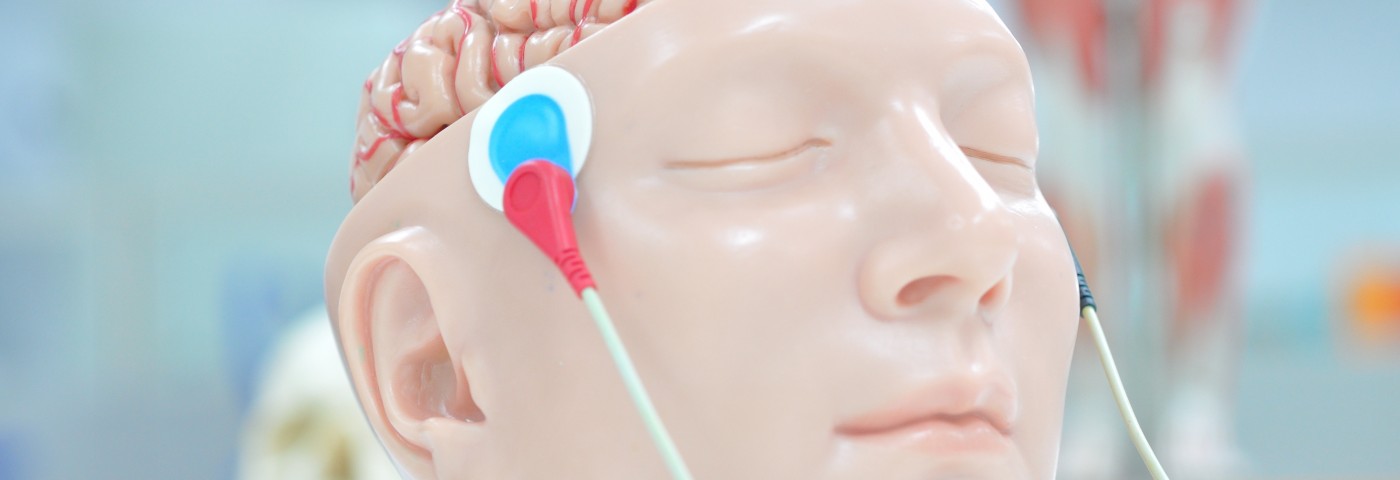Researchers have evaluated optimal stimulation parameters and criteria for the use of transcranial direct current stimulation in patients with fibromyalgia (FM) pain.
Positive effects of transcranial direct current stimulation for FM pain have been reported in several studies, but results tend to be inconsistent. Since studies often produce limited and marginal clinical results, the stimulation is thought to show a lack of coupling between neurophysiologic responses in the areas stimulated and improvements in signs and symptoms in FM patients.
Laura Castillo-Saavedra and Nigel Gebodh from Harvard Medical School — in collaboration with colleagues from the U.S., Brazil, and Israel — argue that the lack of clinical efficacy reported in many studies is mainly associated with a lack of consistency in clinical trial design and stimulation parameters.
Optimization and standardization of the treatment framework might lead to large improvements in the clinical efficacy of transcranial direct current stimulation.
The study was performed as a Phase 2 open-label clinical trial encompassing only FM patients. The patients were asked to continue treatment until they experienced a clinically meaningful reduction in pain. Maximum treatment time was six weeks.
The study, titled “Clinically Effective Treatment of Fibromyalgia Pain With High-Definition Transcranial Direct Current Stimulation: Phase II Open-Label Dose Optimization,“ was published in the Journal of Pain.
The study used a design where, after each continuous week of treatment, patients were classified either as responders or non-responders. The responders did not receive further treatment while the non-responders continued treatment until they experienced a response.
Of the 14 patients included in the analysis, seven were considered responders, six dropped out of the study, and one remained non-responsive to treatment after six weeks.
The median time to response in the seven responders was 15 visits. Since the number of patients who remained in the study was small, the team performed an analysis to determine the likelihood of arriving at the present result by chance. The analysis showed that was highly unlikely.
While baseline pain did not differ between responders and non-responders, responders had a significant decrease in pain following treatment. The acute response after the first treatment was found to predict response.
The team also observed a cumulative effect of treatment represented by pain changes with time. There was a difference in pain between the responders and non-responders, but the results suggested that the cumulative effect was comparable in both groups.
At a follow-up visit two weeks after the last treatment, responders still reported lower pain scores, but after eight weeks the scores were back to baseline levels.
In an attempt to find a measure that could predict treatment success, the team analyzed brain pain-related network activation (BNA) scores — a measure of brain reorganization — from the first pretreatment session. They found that responders initially had higher BNA scores, more similar to networks of healthy individuals, whereas the networks of non-responders showed low or no similarity to healthy pain-related networks.
The study cannot rule out a placebo effect involved in the results, but since patients who dropped out of the study were analyzed as non-responders the results are likely not an overestimation of effects.
According to the authors, a future study should aim to increase adherence to treatment using transcranial direct current stimulation under the protocol outlined in this study, to rule out observed results being a consequence of selective attrition. Only then should a Phase 3 double-blind and placebo-controlled study be performed.

